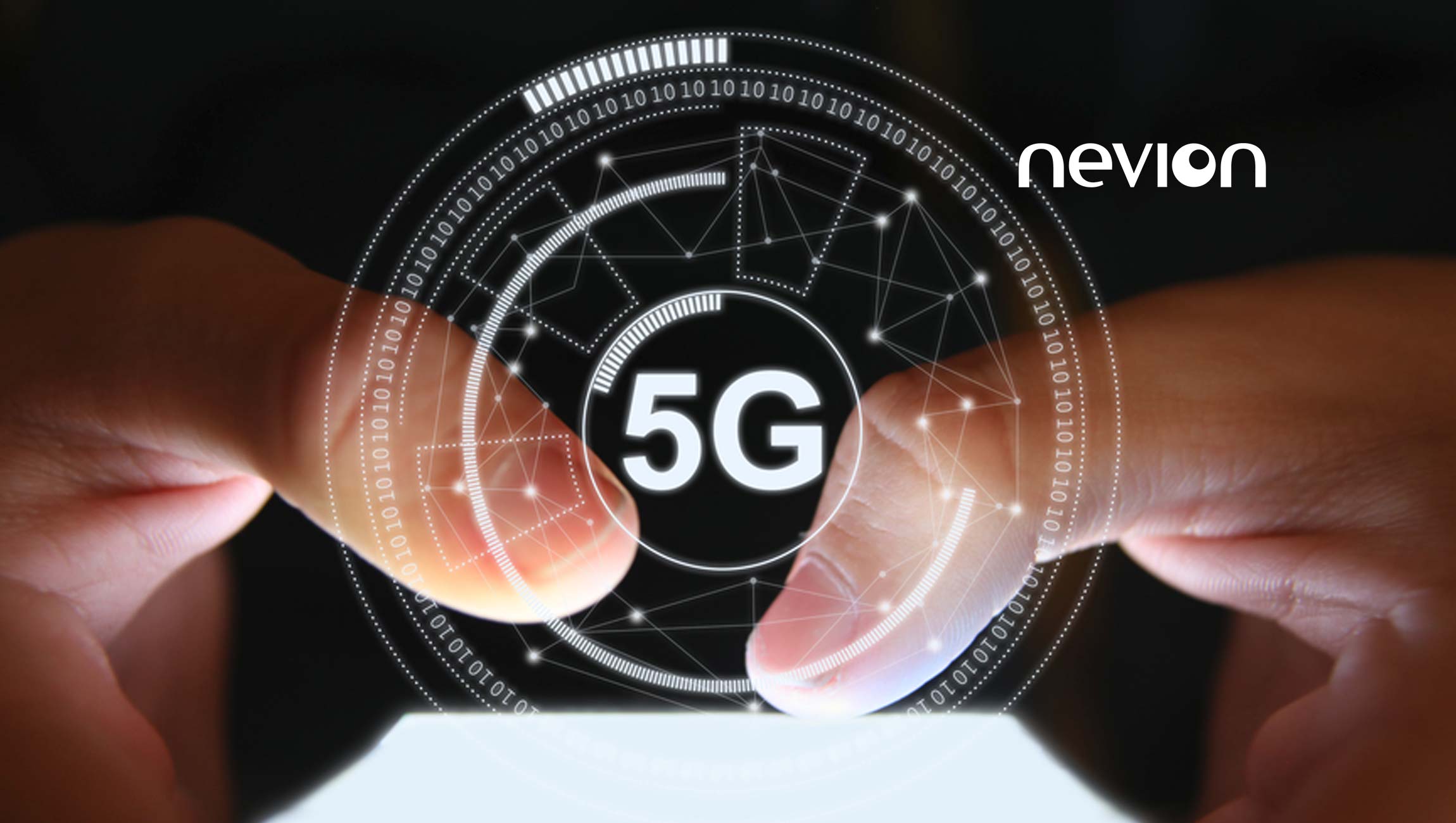According to the global survey, 5G will start replacing the traditional broadcast distribution channels for TV Content like DTT and satellite within 1 to 2 years.
Internet TV technology ecosystem is in a dynamic state of transition. Its future is heavily dependent on how quickly telecom service providers adopt 5G capabilities. According to the recent survey on the role of 5G and perceptions of broadcasters across the globe, Nevion found out that nearly 82% of the respondents agreed that 5G will “Eventually replace traditional broadcast distribution channels.” Nevion is a leading provider of Virtualized Networking Technologies and Services for communications providers.
The 5G capabilities would likely replace DTT / DTV and satellite broadcasting media in the next 5 years. Nevion commissioned the survey and OnePoll carried out the polling process across Europe, Australia, Asia, and North America. The purpose of the poll was to understand how they envision using 5G and their perceptions of the technology.
On one hand, more than one-third of the global broadcasters believed that 5g will go mainstream for Connected TV content by 2023, on the other hand, only 10% felt that the process would take longer than 3 years.
However, 94% of all participants believe that 5G will certainly enhance TV content consumption anyway.
Linear Streaming versus On-Demand TV Content
The number of OTT and Connected TV platforms is exploding over the last 5 years. Last year, Disney+ made a prolific entry into the space that was ruled by the popular channels like Hulu Netflix, and Amazon Prime. This year, the pandemic-induced lockdowns have shown the primary dependence of Connected TV advertisers on the new internet streaming formats. As the internet TV market becomes more sophisticated, the audience would also grow, putting the linear TV content delivery system out of the race by 2025.
And, if 5G adoption happens sooner than expected, the broadcasters would be in a better position to cater to the growing demand for On-demand internet TV content and OTT streaming media.
At the time of this announcement CTO of Nevion Andy Rayner said, “5G technology can potentially deliver OTT broadcast services with the quality required not only for mobile devices but also for TV screens at home. This could mean, as our research uncovered, that 5G is eventually likely to usurp DTT for consumers at home as well as on the move. In the long term, it is likely that 5G mobile technology could become the standard means to deliver terrestrial television. However, it is expected that both DTT and 5G delivery (when ready) will co-exist for a reasonable time.”
Mobile Infrastructure Remains the Biggest Challenge
5G policies are yet to be fully understood. The ongoing pandemic and geopolitical situation could further hamper the pace at which 5G is expected to make an entry into the commercial telecom market. Nevion has highlighted that mobile technologies are still riddled with shortcomings that could prolong the switch from DTT to 5G TV content distribution.
How Brands can Build Trust in the Middle of a Crisis
It’s a 50-50 game for broadcasters in going to 5G domain for promoting their content on TV. The reason — the mobile telecom industry is still plagued by network performance issues (50%) and coverage issues (42%). Adding to the pain, there are perennial issues with reliability (26%) and network security (22%), as well as some broadcasters expressing concern about the environmental impact of 5G. (Reports suggest 5G wavelength impacts avian lives).


At this stage, it would be too soon to speculate which way the Internet TV industry will sway once 5G arrives. We could be scratching the surface of 5G as of now, but the global broadcasters already see the value in it.
The biggest question is: would the mobile service providers and broadcasters be able to work together and connect their respective end-users to hop onto the 5G wave?
The value chain of 5G internet will grow complex, and Internet TV is slated to become the mainstream by 2025 — the farthest adoption point we can speculate as on 21 July 2021.
Source: Nevion












Comments are closed.